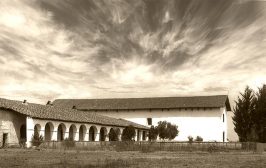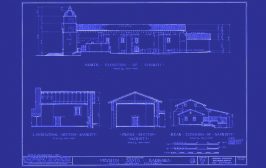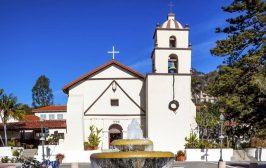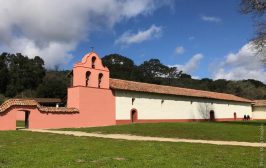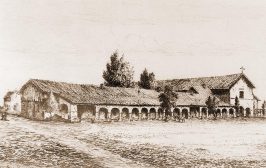A Brief History of Mission San Miguel
Established as number 16 out of 21, Mission San Miguel has a unique feature: its interior murals, initially painted in the 1800s by Catholic Salinan Indians, have never been retouched or repainted. The Mission is a State and National Historic Landmark. Spanish Era Father …
A Tour of Early California Architecture from San Diego to Sonoma
The Spanish missions of California represent the state’s oldest and richest architectural legacy. Established in the late eighteenth century and early nineteenth century by Franciscan missionaries, the missions were designed by artisans from Mexico, and built and decorated largely by Native Americans. Learn More The California …
Mission San Buenaventura
All that remains of the original mission is the church and its garden. A small museum sits at the mission with displays of Chumash Indian artifacts and mission-era items. Located in the historic downtown of Ventura, very few California missions had the center of business …
La Purísima Mission State Historic Park is within the California State Parks System
Mission La Purísima was originally established at a site known to the Chumash people as Algsacpi and to the Spanish as the plain of Río Santa Rosa, one mile south of Lompoc.
Turn of the Century Drawing of the Mission San Juan Bautista
In the summers of 1880 and 1881, while living in Santa Barbara, California, Henry C. Ford traveled by horse and buggy to each mission. In 1893, he exhibited his mission etchings at the Chicago World’s Fair. He died in 1894, leaving behind his California mission paintings.
Story Map from San Miguel to Ventura
Our interactive Story Map features six missions in the Central Coast area of California. The journey begins with Mission San Miguel and travels approximately 190 miles south to Mission Ventura.
